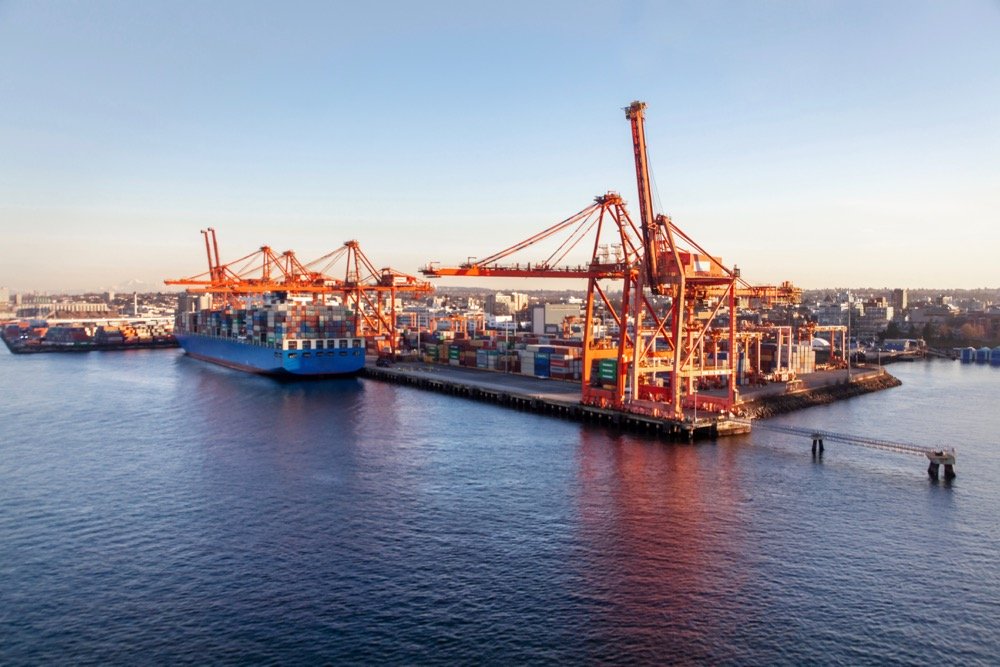MarketsFarm — Logistics disruptions due to COVID-19 are hampering nearby movement of pulses, according to a number of industry participants speaking Thursday on a webinar organized by the Global Pulse Consortium.
However, the longer-term impact of the pandemic remains to be seen.
“The shipping industry has been hugely impacted by COVID-19,” Chris Oliver, nautical director of the International Chamber of Shipping (ICS), said from the U.K. on the webinar. All aspects of the industry, he noted, were being slowed by social distancing and quarantine measures throughout the system.
Read Also

Alberta crop conditions improve: report
Varied precipitation and warm temperatures were generally beneficial for crop development across Alberta during the week ended July 8, according to the latest provincial crop report released July 11.
Adding to the challenges of moving product is the reduced supply of available shipping containers, said Stephen Paul, vice-president of supply chain logistics with Ray-Mont Logistics in Canada.
“Exports out of North America are directly linked to imports into North America,” said Paul, adding “the export market is a pure backhaul.”
With fewer empty containers coming into North America, the lack of empty containers for shipping pulses was hampering movement — despite increased demand.
Worldwide container movement has slowed down by about 20 to 30 per cent due to COVID-19, said Ritesh Ramakrishnan, joint managing director with Transworld Group out of the United Arab Emirates. An additional 15 per cent of container ships were idling, he said.
India, a major importer of pulses, is experiencing a similar situation, with “a big shortage of empty containers,” according to Mahim Sharma, head of shipping and logistics at Glencore India. The majority of imported containers were stuck at terminals or elsewhere along the logistical chain and not being unloaded, he said.
When the pandemic eventually subsides, “the largest issue will be restarting the entire supply chain,” said Ramakrishnan.
The timing of that ‘return to normal’ remains to be seen.
When North America does go back to back to buying consumer items and resumes importing from Asia, Paul estimated it would be a six-week turnaround before the containers would be available to move pulses again.
With the 2020 Canadian harvest only a few months away, that could impact pulse movement this fall if restrictions are still in place in the summer.
The answers to broader questions over what society will learn from the pandemic remain to be seen, but the likely reduction in consumer spending would see the challenges in the pulse shipping sector continue going forward.
One possible positive outcome touched on by the webinar participants is an increased adoption of technology, such as electronic bills of lading, that will help streamline the shipping industry.
On top of an increased uptake of technology and digitization, greater collaboration between industry participants may also be expected.
“Knowledge is power, and the one thing we’ve learned from this from our perspective is that the more we communicate and the more we keep our partners informed, the easier it is to try and find solutions and to try to understand reality,” said Paul.
— Phil Franz-Warkentin reports for MarketsFarm from Winnipeg.
















